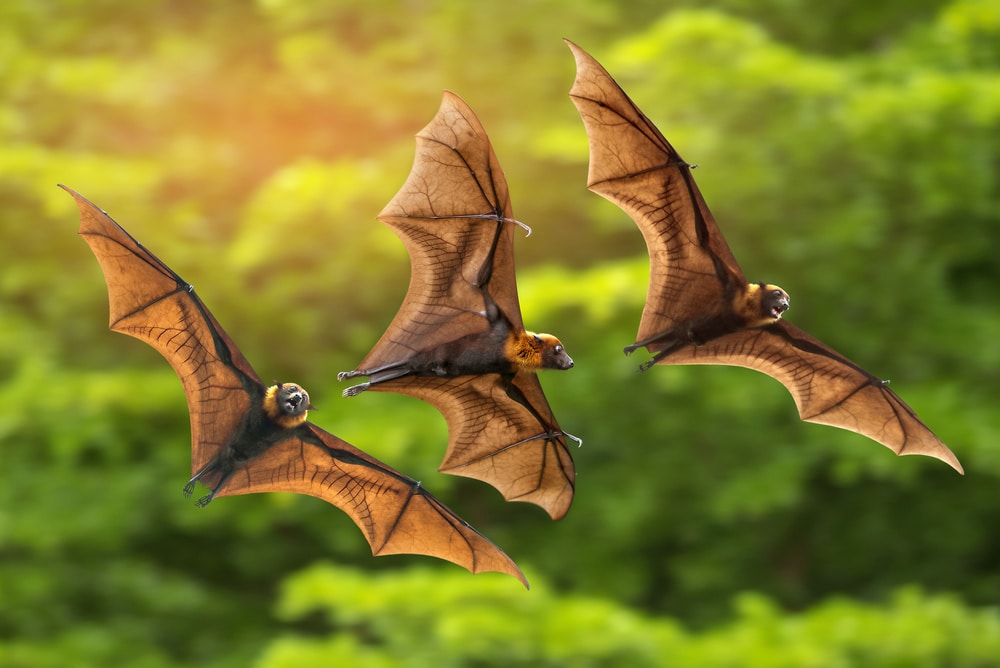According to Colorado Parks and Wildlife, a positive test result for a deadly bat disease called white-nose syndrome has been detected in the Centennial State for the first time. The invasive fungal disease is responsible for the deaths of millions of bats across the continent as it continues to spread. It is considered to be one of the worst wildlife diseases that’s actively spreading.
According to more details from Out There Colorado, The bat that tested positive for white-nose syndrome was found by National Park Service staff at Old Bent’s Fort Historic National Site on March 29, which is located outside of La Junta in southeast Colorado.
When the bat was found, it had a white powdery substance on its arms and was unable to fly. The bat was euthanized and sent for testing. Wing lesions were later found on the bat that were characteristic of those caused by the white-nose syndrome disease.
While the fungus that causes the disease, Pseudogymnoascus destructans, was found on bats in the same area last year, none of the more than two dozen bats that were collected had signs of white-nose syndrome.
In addition to Otero County, the fungus behind the disease has also been detected in Baca, Larimer, and Routt counties.
White-nose syndrome was first detected in New York in 2006 and has since spread to 39 states and seven Canadian provinces. It has been confirmed in 12 different bat species thus far, though officials think that at least 13 bat species in Colorado may be susceptible to the disease.
Though the public can be prone to overlook bats as a crucial species in the ecosystem, they play several important roles, including that of insect control.
According to Colorado Parks and Wildlife, it’s estimated that bats contribute a value of $3 billion to the country’s agricultural industry thanks to all the pests they consume – also reducing the need of potentially harmful pesticides. Some bats are able to catch and eat up to 4,000 insects a night, catching 1,000 in a single hour.
White-nose syndrome tends to infect bats during hibernation, causing them to wake up frequently and sucking necessary energy stores as infected bats use energy twice as fast as non-infected ones. Fungal growth is typically seen on muzzles and wings, ultimately causing high death rates and rapid population declines.










